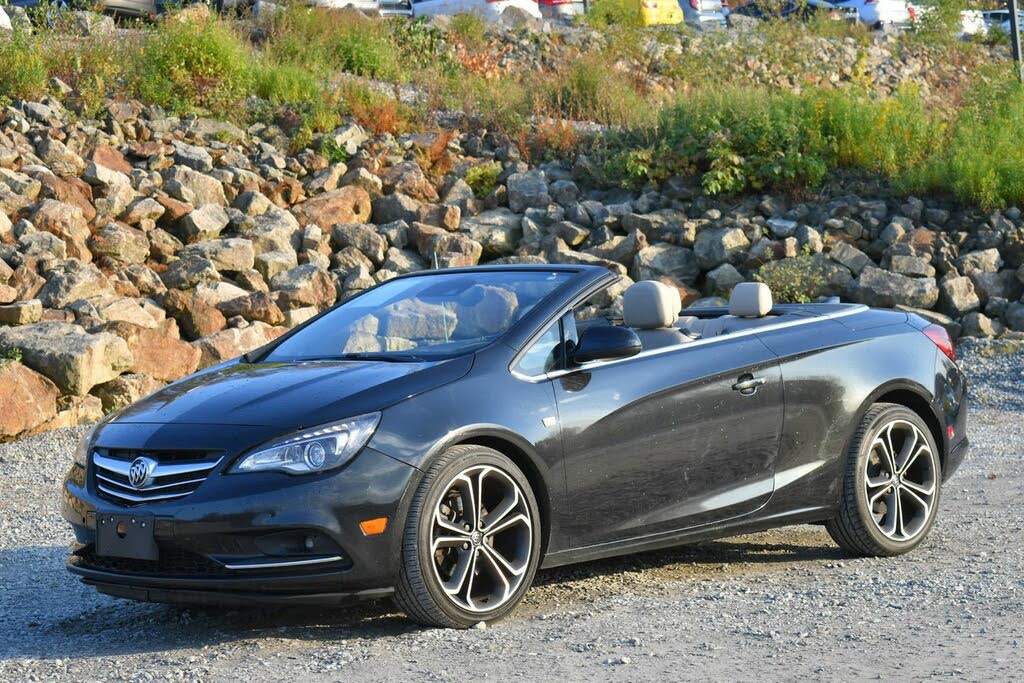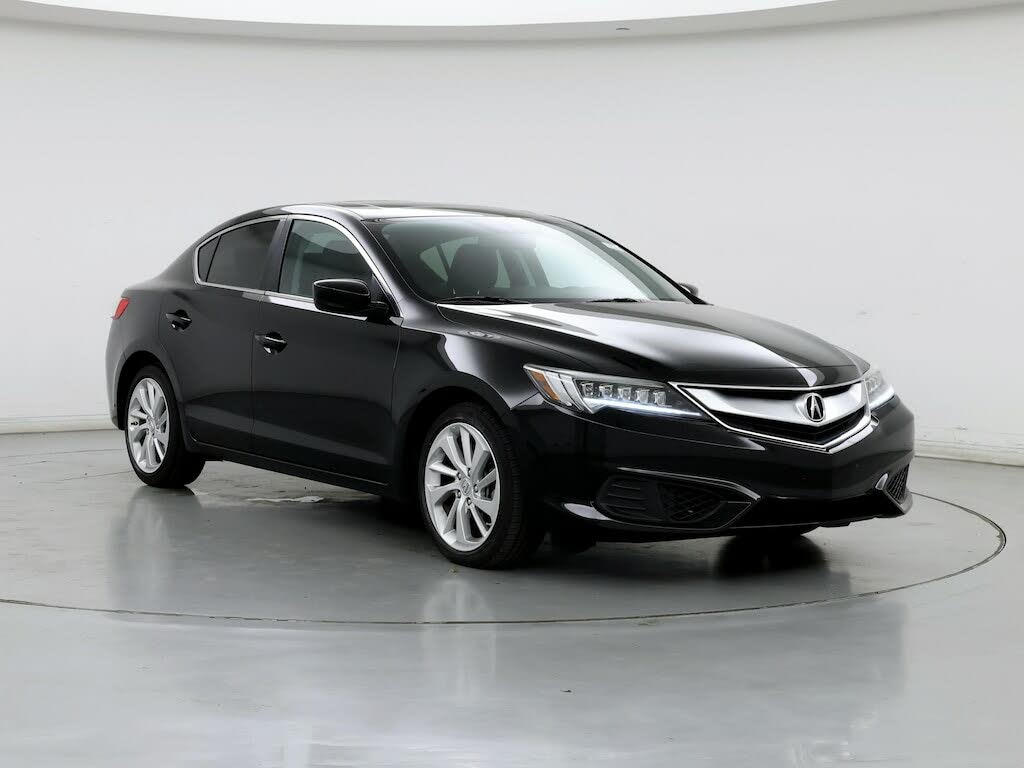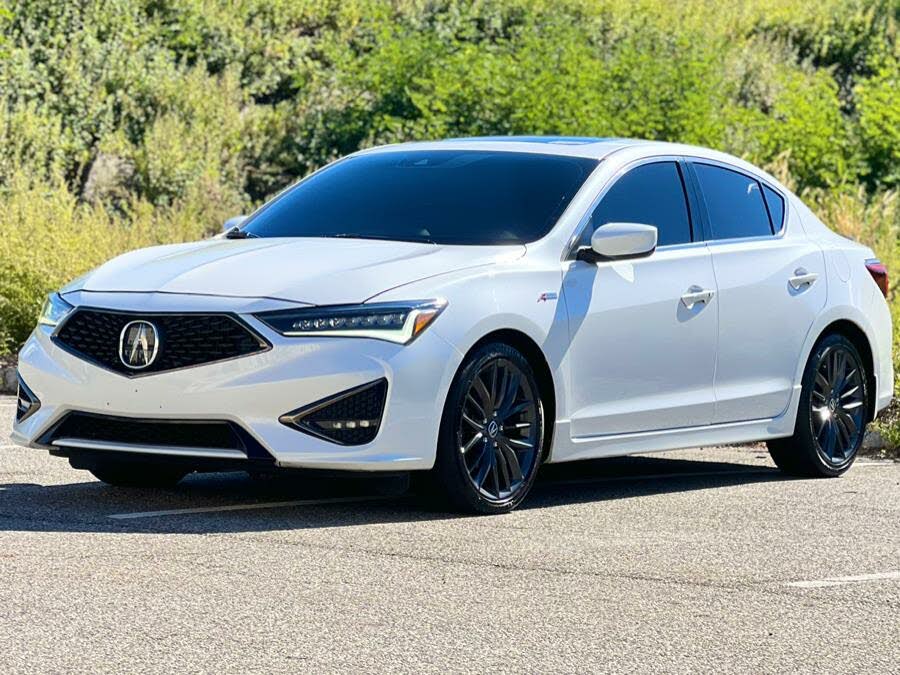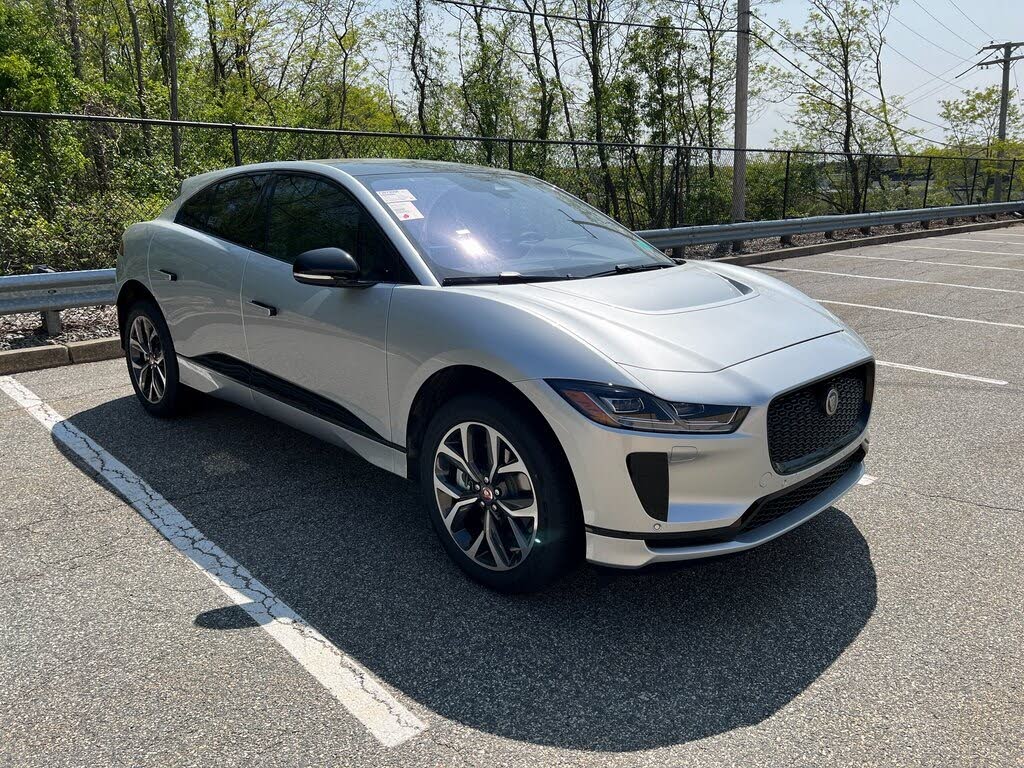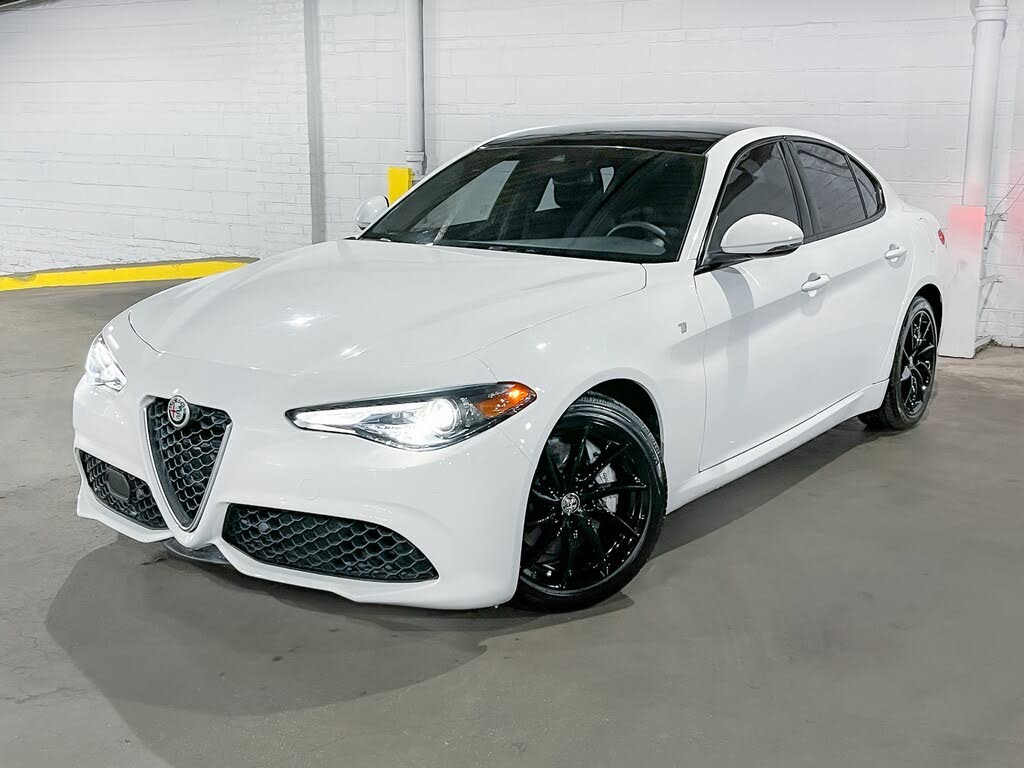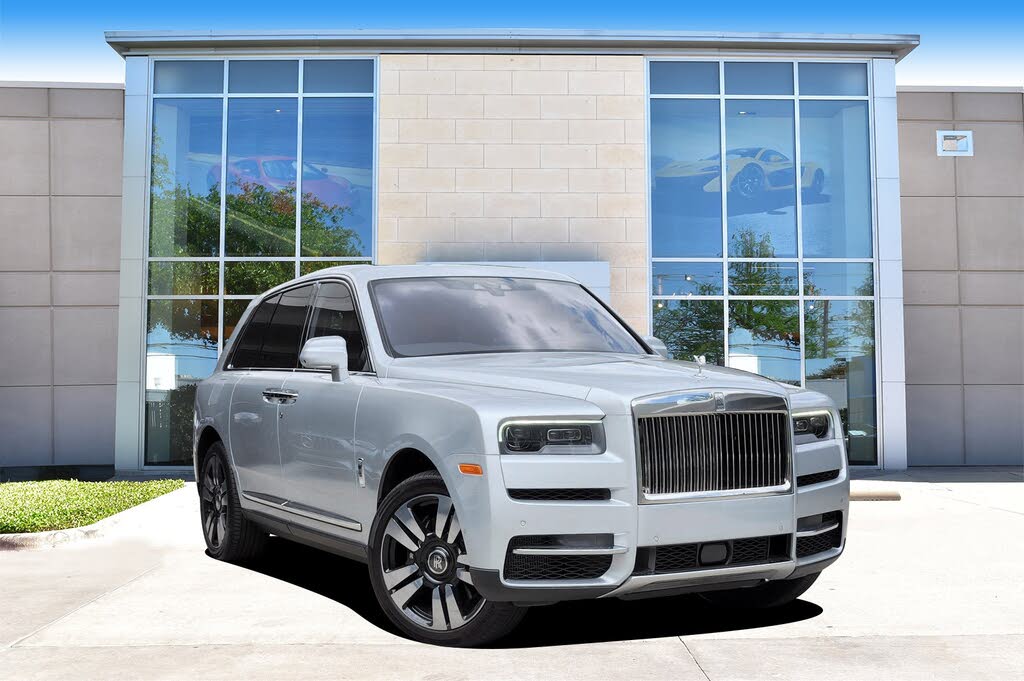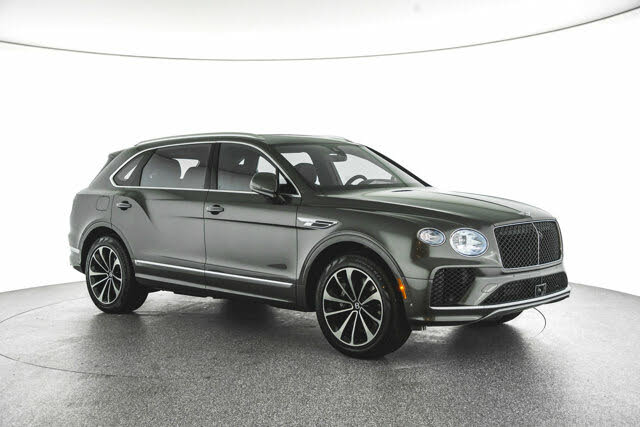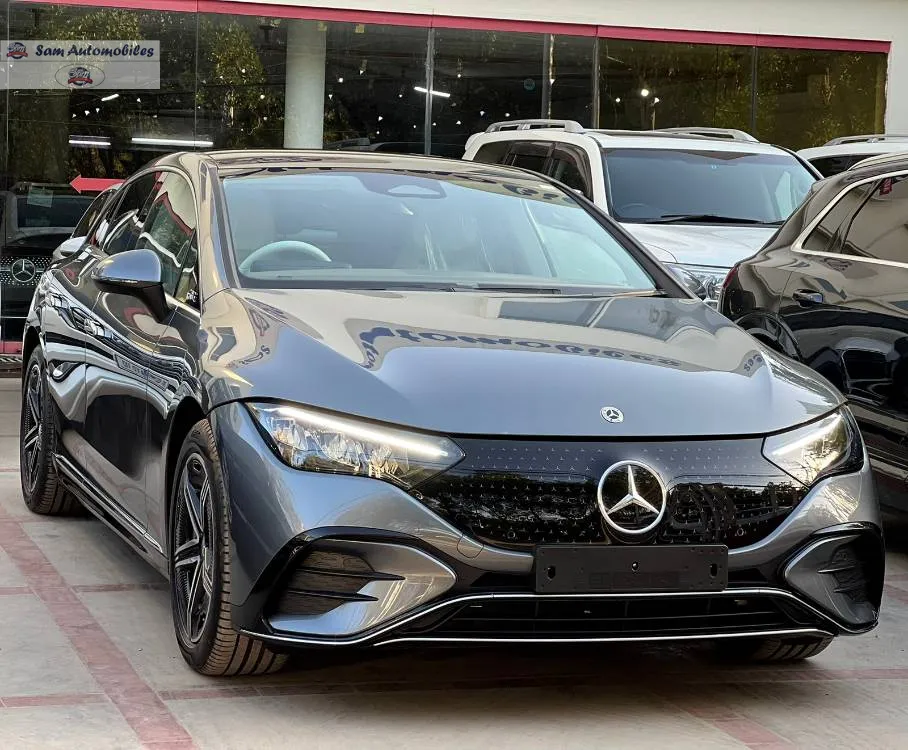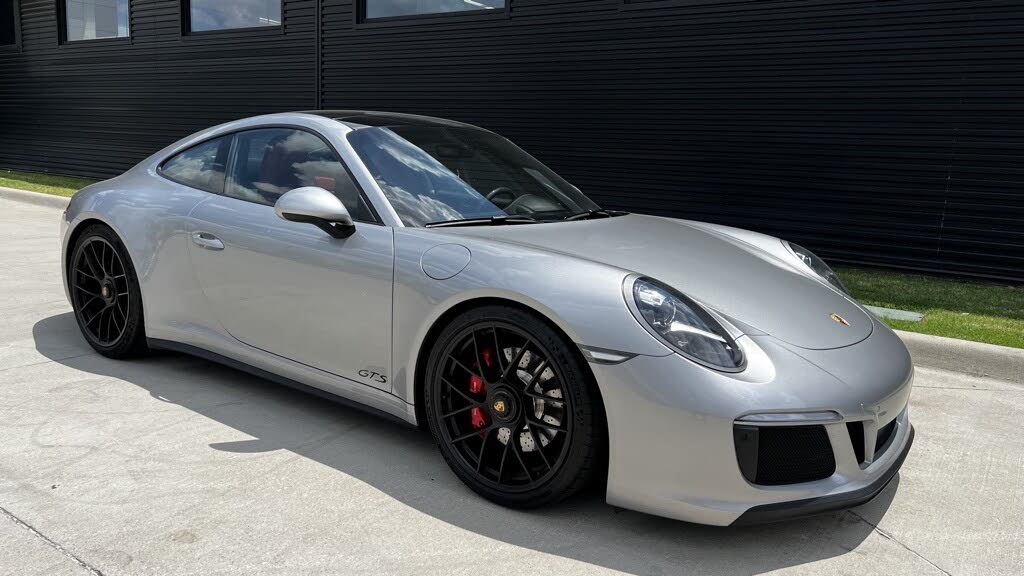Home > News & Blogs > 6 Mid-Size SUVs Fuel Efficiency Tested: The Winner Wasn’t a Turbo Four
6 Mid-Size SUVs Fuel Efficiency Tested: The Winner Wasn’t a Turbo Four
V6 vs Turbo 4-Cylinder SUVs: The Unexpected Fuel Economy Champion
Key Findings
- Naturally aspirated V6 engines can outperform turbocharged 4-cylinders in real-world fuel efficiency
- The 2019 Nissan Murano achieved 26.4 mpg combined, beating all competitors
- Premium fuel requirements significantly impact total ownership costs
- CVT transmissions prove surprisingly effective when paired with proper engine tuning
- EPA estimates often underestimate real-world performance of well-engineered powertrains
The Great Engine Debate: Power vs Efficiency
For years, automotive marketers have promoted turbocharged four-cylinder engines as the perfect compromise - promising V6-like power with four-cylinder fuel economy. But our extensive real-world testing reveals a surprising truth: modern naturally aspirated V6 engines can deliver superior fuel efficiency while maintaining their traditional power advantage.
MotorVero's comprehensive mid-size SUV comparison put six popular all-wheel-drive models through rigorous testing, evaluating both performance characteristics and real-world fuel economy across varied driving conditions. The results challenge conventional wisdom about engine efficiency and may change how shoppers evaluate their next SUV purchase.
--TOP ADVERTISEMENT HERE--
Testing Methodology: Real-World Conditions
To ensure accurate, comparable results, we developed a standardized testing protocol:
- 210-mile mixed route incorporating urban stop-and-go, suburban arterials, and rural highways
- Identical weather conditions for all vehicles (including 90+°F temperatures and rain)
- Single occupant configuration with climate control active
- Tire pressures set to manufacturer specifications
- Multiple driver rotations to eliminate individual driving style biases
- Fuel economy calculated using both pump measurements and onboard computer data
- No efficiency driving modes or cruise control used
-
The Fuel Economy Champion: 2019 Nissan Murano
Against all expectations, the 2019 Nissan Murano Platinum with its 3.5-liter V6 engine and continuously variable transmission (CVT) achieved the highest observed fuel economy at 26.4 mpg combined - significantly exceeding its EPA rating of 23 mpg combined.
This performance is particularly noteworthy because:
- It outperformed all turbocharged four-cylinder competitors
- The Murano was the only model using a CVT transmission
- It runs on regular unleaded gasoline, unlike some competitors requiring premium
- The V6 delivers smooth, linear power without turbo lag
With an annual fuel cost of just $1,262.70 (based on 12,000 miles), the Murano established itself as both the most efficient and most affordable to operate in our test group.
--FIRST CONTENT ADVERTISEMENT HERE--
Competitive Analysis: How Other SUVs Performed
| SUV Model | Engine | Observed MPG | Annual Fuel Cost | Key Notes |
|---|---|---|---|---|
2019 Hyundai Santa Fe Ultimate |
2.0L Turbo 4-cyl | 25.1 | $1,326.98 | Best turbo 4-cylinder performer |
2019 Honda Passport Elite |
3.5L V6 | 24.9 | $1,341.65 | Nearly matched Santa Fe despite larger engine |
2019 Jeep Grand Cherokee Limited X |
3.6L V6 | 22.2 | $1,503.29 | Most off-road capable but least efficient |
2019 Chevrolet Blazer Premier |
3.6L V6 | 22.1 | $1,505.90 | Most powerful but thirstiest V6 |
2019 Ford Edge Titanium Elite |
2.0L Turbo 4-cyl | 25.6 | $1,590.94 | Premium fuel requirement hurt cost efficiency |
Notable Performances
The Hyundai Santa Fe's 2.0-liter turbocharged four-cylinder deserves special recognition for achieving 25.1 mpg combined - significantly better than its modest EPA rating of 21 mpg combined. Unlike the Ford Edge which requires premium fuel for maximum performance, the Santa Fe delivers its full 235 horsepower on regular unleaded, contributing to its lower operating costs.
The Honda Passport demonstrated that not all V6 engines are created equal. Its 3.5-liter powerplant delivered nearly identical fuel economy to the Santa Fe's turbo four (24.9 mpg vs 25.1 mpg) while providing superior power delivery and refinement.
--SECOND CONTENT ADVERTISEMENT HERE--
The Premium Fuel Penalty
Our testing revealed how fuel requirements dramatically impact total ownership costs. The Ford Edge posted the second-best raw mpg figure at 25.6 mpg, but its premium fuel requirement (22% more expensive than regular during our testing period) pushed its annual fuel costs to $1,590.94 - the highest in our comparison.
This serves as an important reminder for SUV shoppers to consider:
- Manufacturer fuel recommendations (required vs recommended)
- Real-world availability of premium fuel in your area
- Performance differences when using regular vs premium
- Long-term cost implications over 5+ years of ownership
-
Transmission Technology: CVT Surprise
The Murano's continuously variable transmission (CVT) proved that modern implementations can deliver both efficiency and acceptable driving dynamics. While traditional automatic transmissions typically offer 6-10 fixed gear ratios, a CVT provides infinite variability, allowing the engine to operate at its most efficient RPM for any given speed.
Key advantages we observed:
- Seamless acceleration without shift interruptions
- Optimal engine speed maintenance during highway cruising
- Reduced mechanical complexity compared to conventional automatics
Modern CVTs have largely addressed the "rubber band" effect that plagued early implementations, though some drivers may still prefer the more familiar feel of traditional automatic transmissions.
--THIRD CONTENT ADVERTISEMENT HERE--
Real-World vs EPA Estimates
Our testing consistently showed that well-engineered powertrains can exceed their EPA estimates in real-world conditions. Several factors contributed to this phenomenon:
- EPA testing protocols don't perfectly replicate normal driving habits
- Modern transmissions optimize better for varied conditions than fixed test cycles
- Advanced engine management systems adapt to driving styles and environments
The Nissan Murano showed the most significant improvement over EPA estimates (+14.3%), followed by the Hyundai Santa Fe (+19.5%) and Honda Passport (+18.6%). This suggests that some manufacturers may be conservative in their EPA testing procedures or that their powertrains are particularly well-suited to real-world mixed driving.
Long-Term Ownership Considerations
When evaluating SUV options, fuel economy represents just one component of total cost of ownership. Savvy buyers should also consider:
- Maintenance costs: Turbocharged engines often require more frequent service
- Resale value: Some powertrain configurations hold value better than others
- Driving experience: NVH (noise, vibration, harshness) characteristics
- Towing capacity: V6 engines typically offer superior capability
The Murano's combination of low fuel costs, standard regular unleaded requirement, and proven V6 reliability makes it particularly attractive for long-term owners who prioritize predictable operating expenses.
Our comprehensive testing demonstrates that the traditional turbo-four versus V6 narrative oversimplifies modern powertrain realities. The 2019 Nissan Murano's V6 powertrain delivered:
- Best-in-test fuel economy
- Lowest annual fuel costs
- Smoother power delivery than turbocharged alternatives
- Superior real-world performance relative to EPA estimates
For SUV shoppers prioritizing both efficiency and driving satisfaction, our results suggest that dismissing V6 options based on presumed fuel economy disadvantages could mean missing out on the best overall solution. As powertrain technology continues evolving, consumers would benefit from looking beyond engine cylinder counts to consider complete system efficiency and real-world performance characteristics.

motorverorachael
Last Updated On Apr, 16-2025


